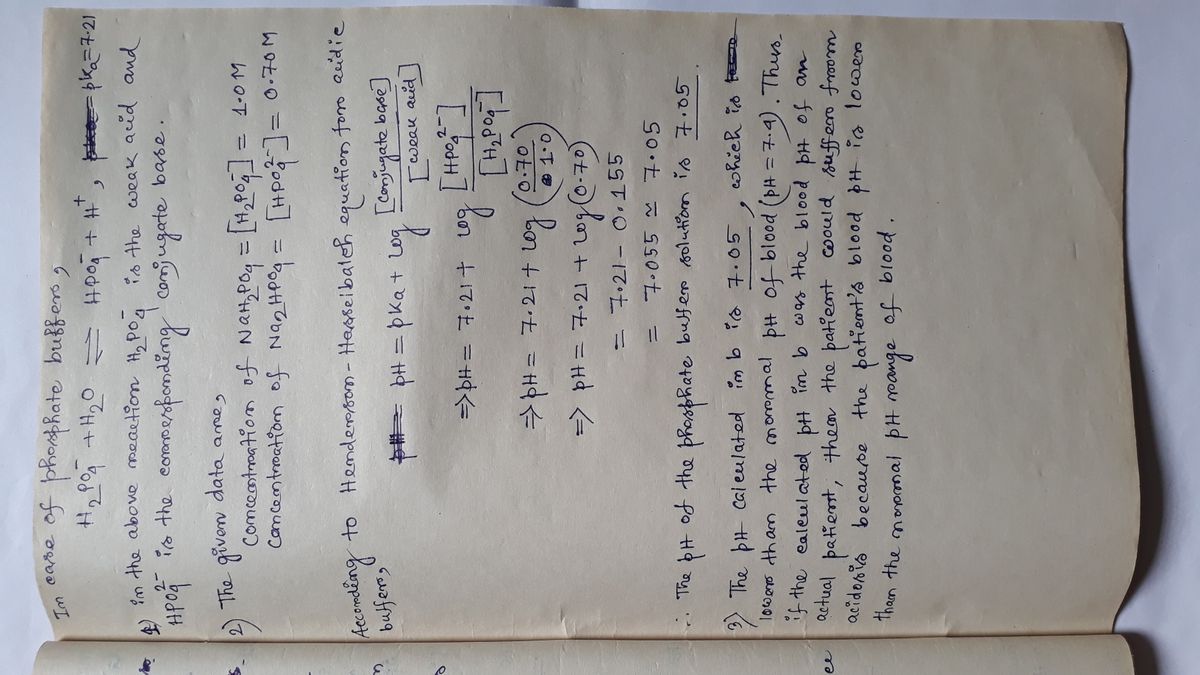decimal places If the pH calculated in b. was the blood pH of an actual patient, would you say this patient’s blood pH is in the normal range or are they suffering from alkalosis or acidosis?
Ionic Equilibrium
Chemical equilibrium and ionic equilibrium are two major concepts in chemistry. Ionic equilibrium deals with the equilibrium involved in an ionization process while chemical equilibrium deals with the equilibrium during a chemical change. Ionic equilibrium is established between the ions and unionized species in a system. Understanding the concept of ionic equilibrium is very important to answer the questions related to certain chemical reactions in chemistry.
Arrhenius Acid
Arrhenius acid act as a good electrolyte as it dissociates to its respective ions in the aqueous solutions. Keeping it similar to the general acid properties, Arrhenius acid also neutralizes bases and turns litmus paper into red.
Bronsted Lowry Base In Inorganic Chemistry
Bronsted-Lowry base in inorganic chemistry is any chemical substance that can accept a proton from the other chemical substance it is reacting with.
section 2 , question 2
For humans to maintain the pH of their blood close to 7.4, the body uses three buffer systems: carbonate, phosphate and proteins. If the pH of the blood goes below 6.8 or above 7.8, death may result.
Imagine you want to make a phosphate buffer in the lab that resembles the bloods phosphate buffer. You start by mixing 1.0 M NaH2PO4 and 0.70 M Na2HPO4.
H2PO4- + H2O ⇌ HPO42- + H+ pKa= 7.21
- From the reaction above indicate the weak acid and the conjugate base involved in making this buffer.
- Calculate the pH of the phosphate buffer solution. Provide your answer with 2 decimal places
- If the pH calculated in b. was the blood pH of an actual patient, would you say this patient’s blood pH is in the normal range or are they suffering from alkalosis or acidosis?

Step by step
Solved in 2 steps with 2 images









